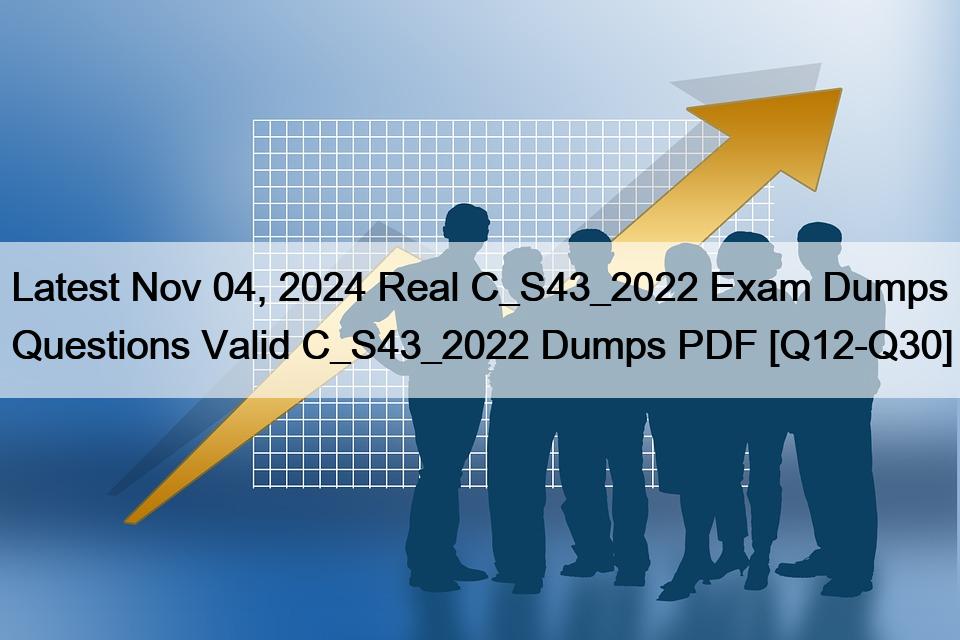NEW QUESTION 12
Explanation
NEW QUESTION 15
SAP BusinessObjects Business Intelligence is a suite of products that provides data reporting, visualization, and sharing capabilities. The current portfolio of SAP BusinessObjects Business Intelligence includes the following functionalities1:
NEW QUESTION 18
Explanation
NEW QUESTION 22
Explanation
NEW QUESTION 23
Changing the primary key of a functional location means changing the label of the functional location. The label is the unique identifier of the functional location and it consists of a structure indicator and a functional location identification. The structure indicator defines the allowed characters and the hierarchy levels of the functional location structure. The functional location identification is the actual name of the functional location. When you change the primary key of a functional location, you can either change the structure indicator or the functional location identification, or both. If you change the structure indicator, you need to adjust the functional location identification accordingly. If you change the functional location identification, you need to decide whether the functional location is assigned to a new superior functional location or not. A superior functional location is the functional location that is directly above the current functional location in the hierarchy. For example, if you have a functional location FL-01-02-03, where FL is the structure indicator, 01 is the first level, 02 is the second level, and 03 is the third level, you can change the primary key to FL-01-02-04, which means changing the functional location identification within the same level. In this case, you need to decide whether the functional location is still assigned to FL-01-02 as the superior functional location or not. Alternatively, you can change the primary key to FL-01-03, which means changing the functional location identification to a different level. In this case, you need to decide whether the functional location is still assigned to FL-01 as the superior functional location or not.
NEW QUESTION 24
Explanation
